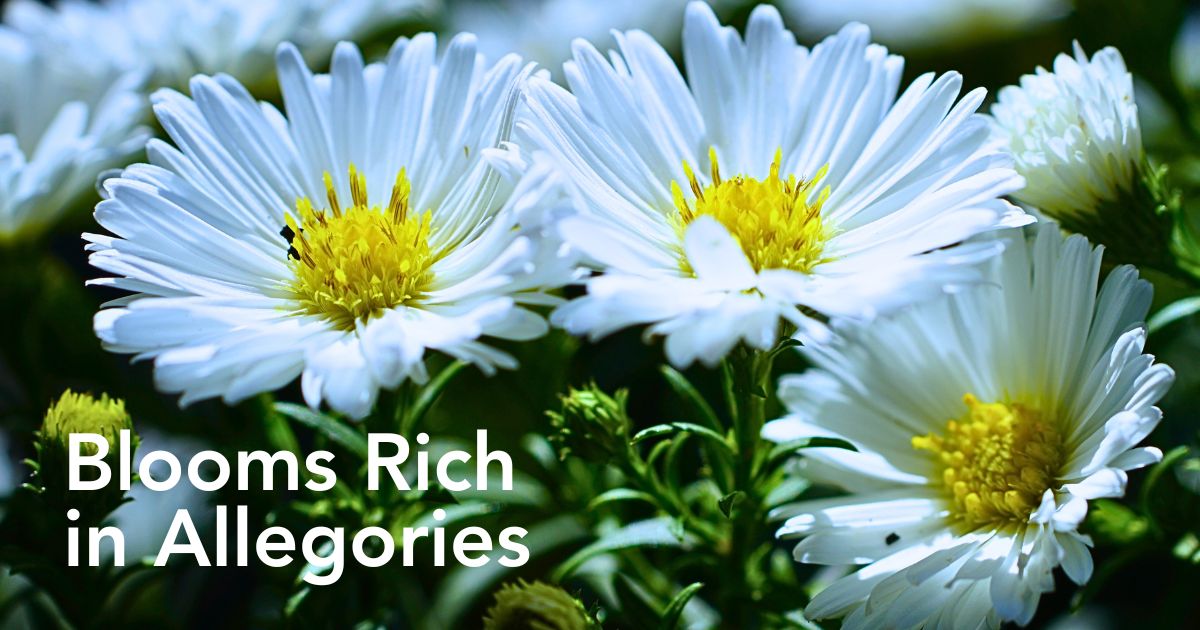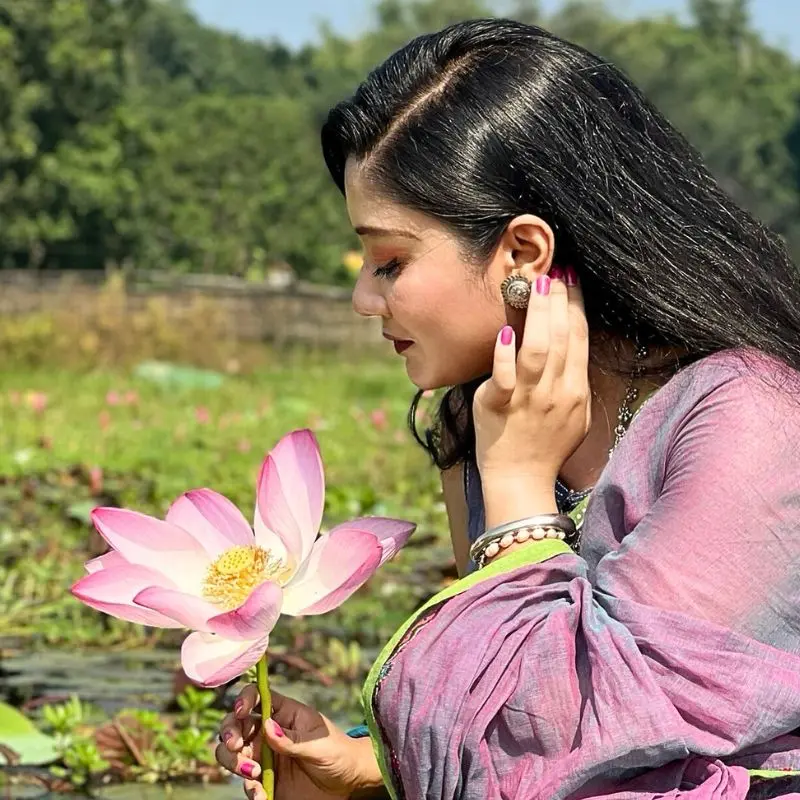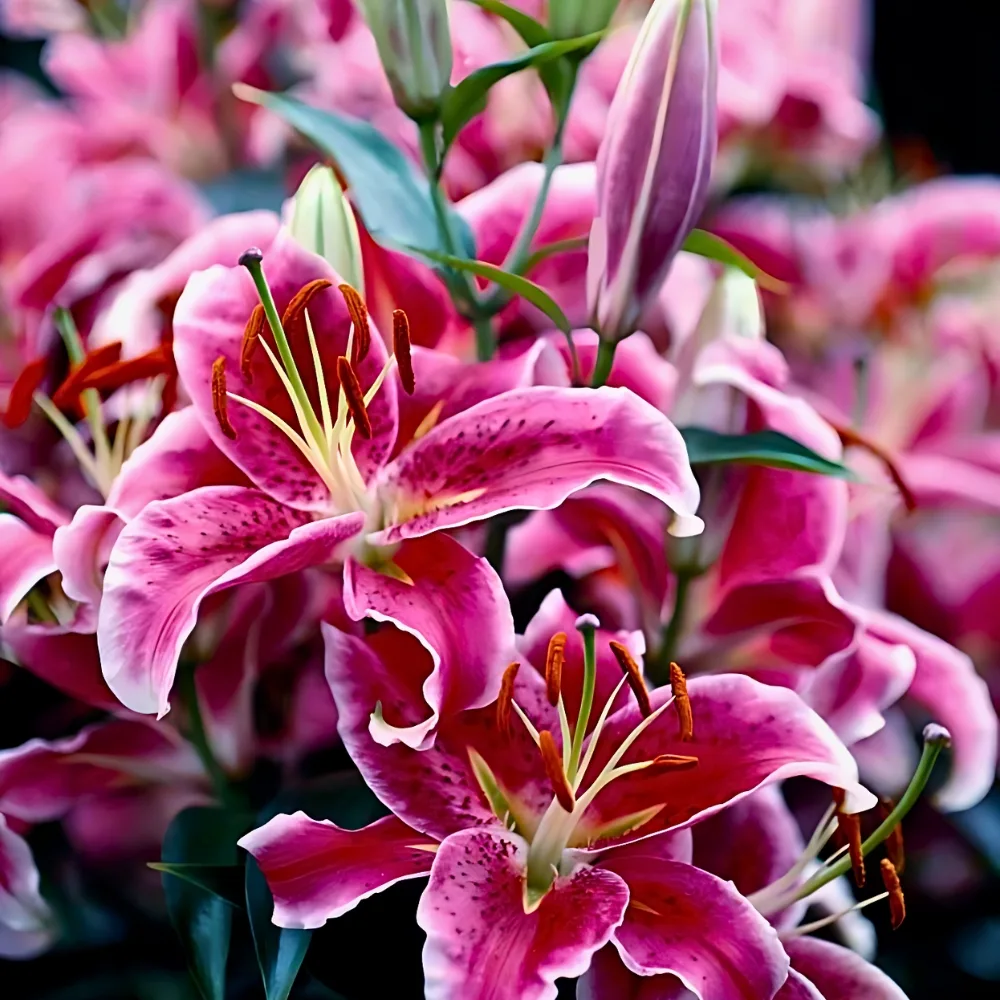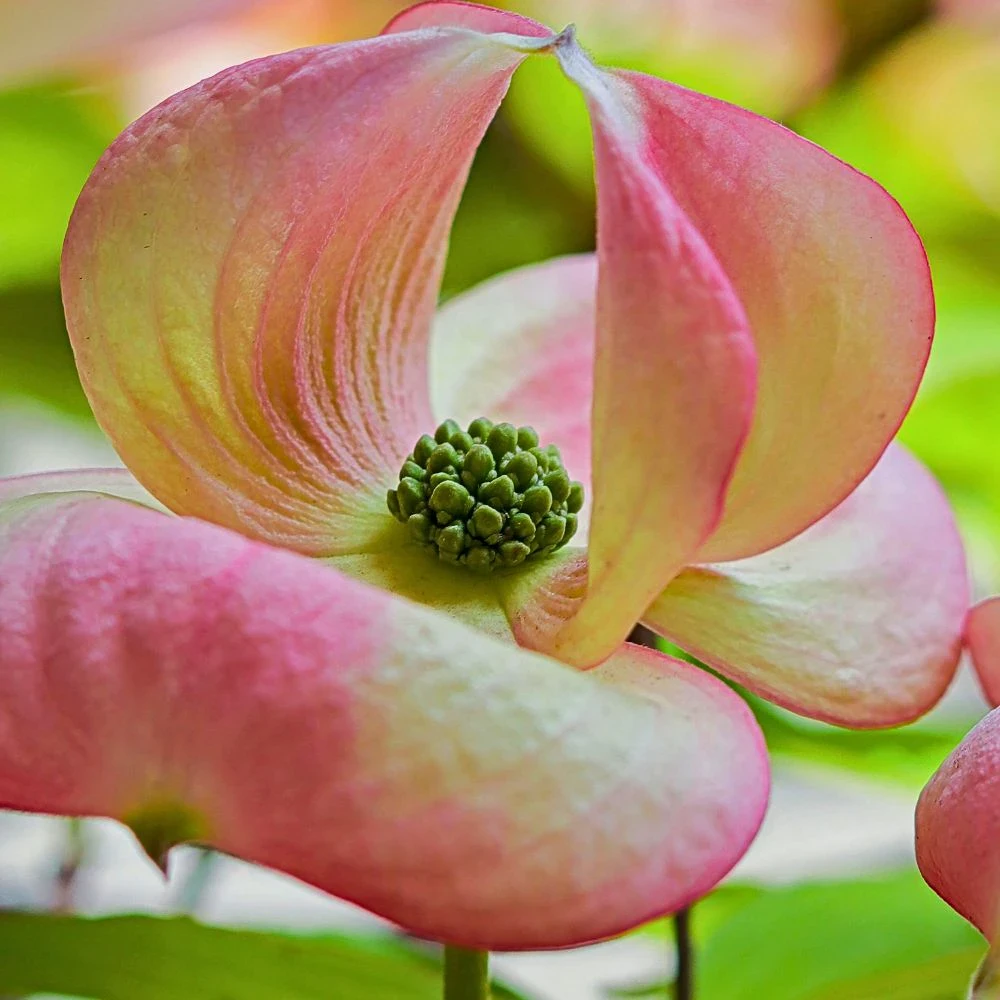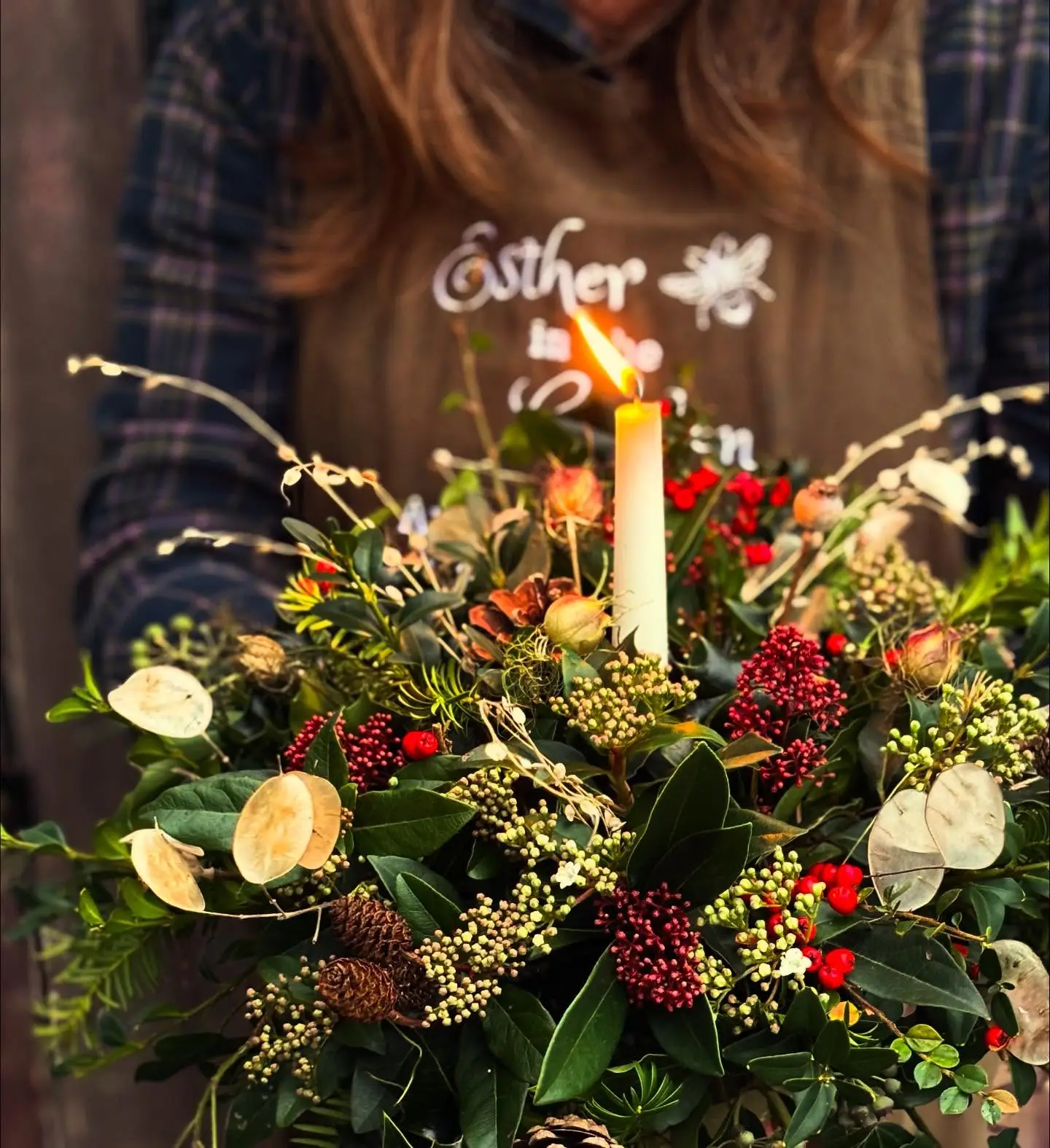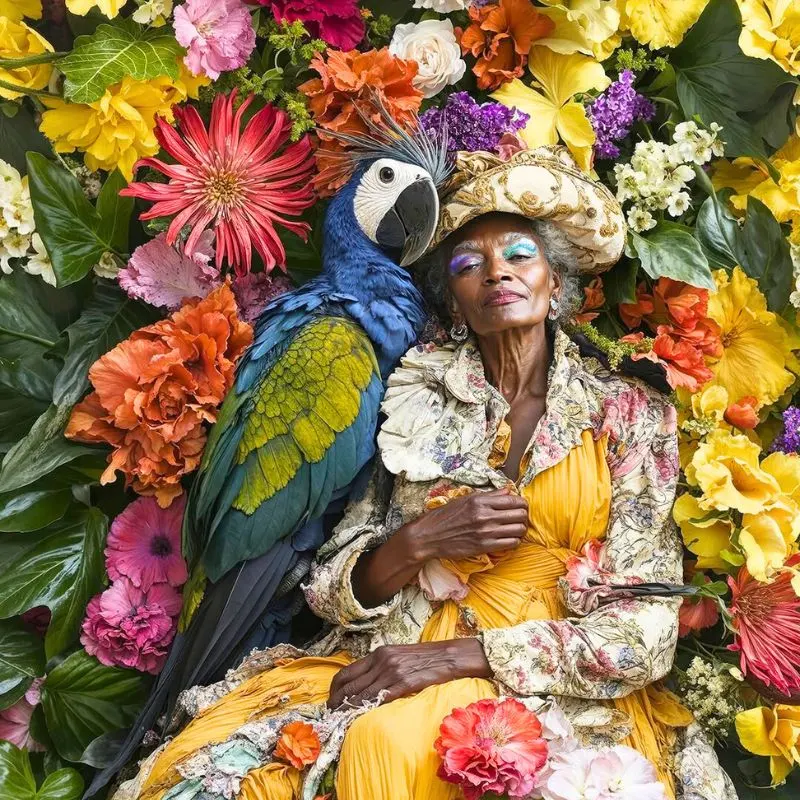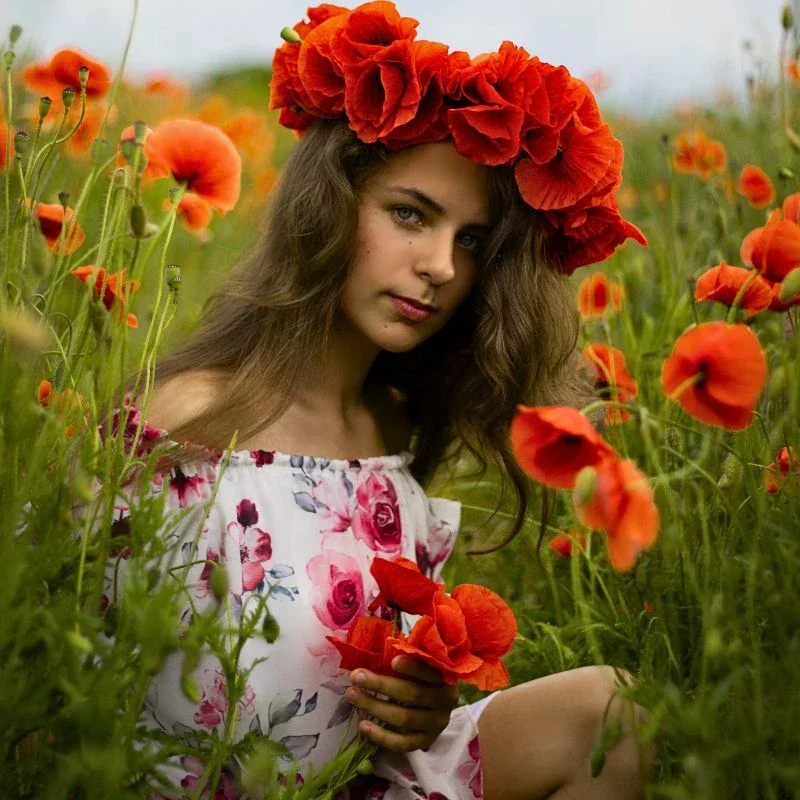Asters have bloomed and thrived for thousands of years and their meaning and symbolism have, over the centuries, also evolved. With a rich cultural history, these daisy-like flowers named after the Greek word ‘Aster’ which means star due to their star-shaped shape have, just the same way, been a favorite in gardens and floral arrangements for years.
Coming in hundreds of varieties, Aster flowers — native to the temperate regions of the Northern Hemisphere — thrive in well-drained soil and full sun. They, also, come in different forms and colors, including white, pink, red, and the most popular, purple. All these colors have special meanings in the language of flowers. So, let’s learn more about the Aster's meaning and its symbolic connotations.
Aster Flower: The Origin of These Delightful Flowers
As a flower, Aster has a rich and enigmatic history that is steeped in legends, mythology, and magical gods and goddesses. Its name, itself, denotes a star with its rays fanning out and shining from a bright center.
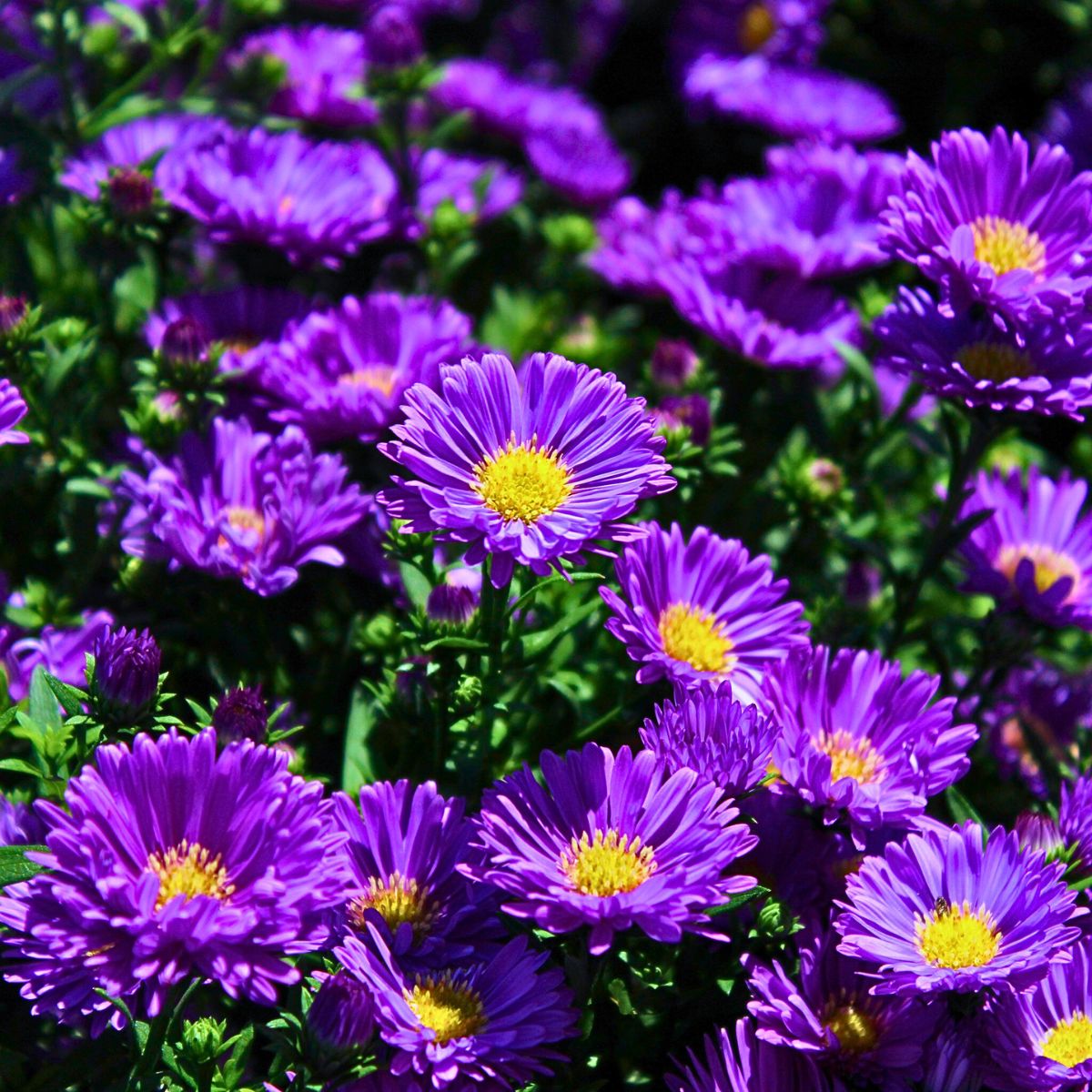
Photo by @southwoodtulsa
According to one Greek myth, the goddess Astraea was devastated by Jupiter's decision to flood the earth to end a war. She begged to be turned into a star, and after the floodwaters receded, she wept for the loss of many innocent lives. Her tears turned to stardust and fell to earth, sprouting the beautiful Aster flowers.
Yet another Greek legend tells of King Aegeus's son Theseus, who promised to fly a white flag upon returning to Athens after slaying the Minotaur. Theseus forgot and sailed into port with black flags flying. This made his father, King Aegeus believe his son was dead. The king, in turn, committed suicide, and Asters are said to have sprung from the ground where his blood stained the earth.
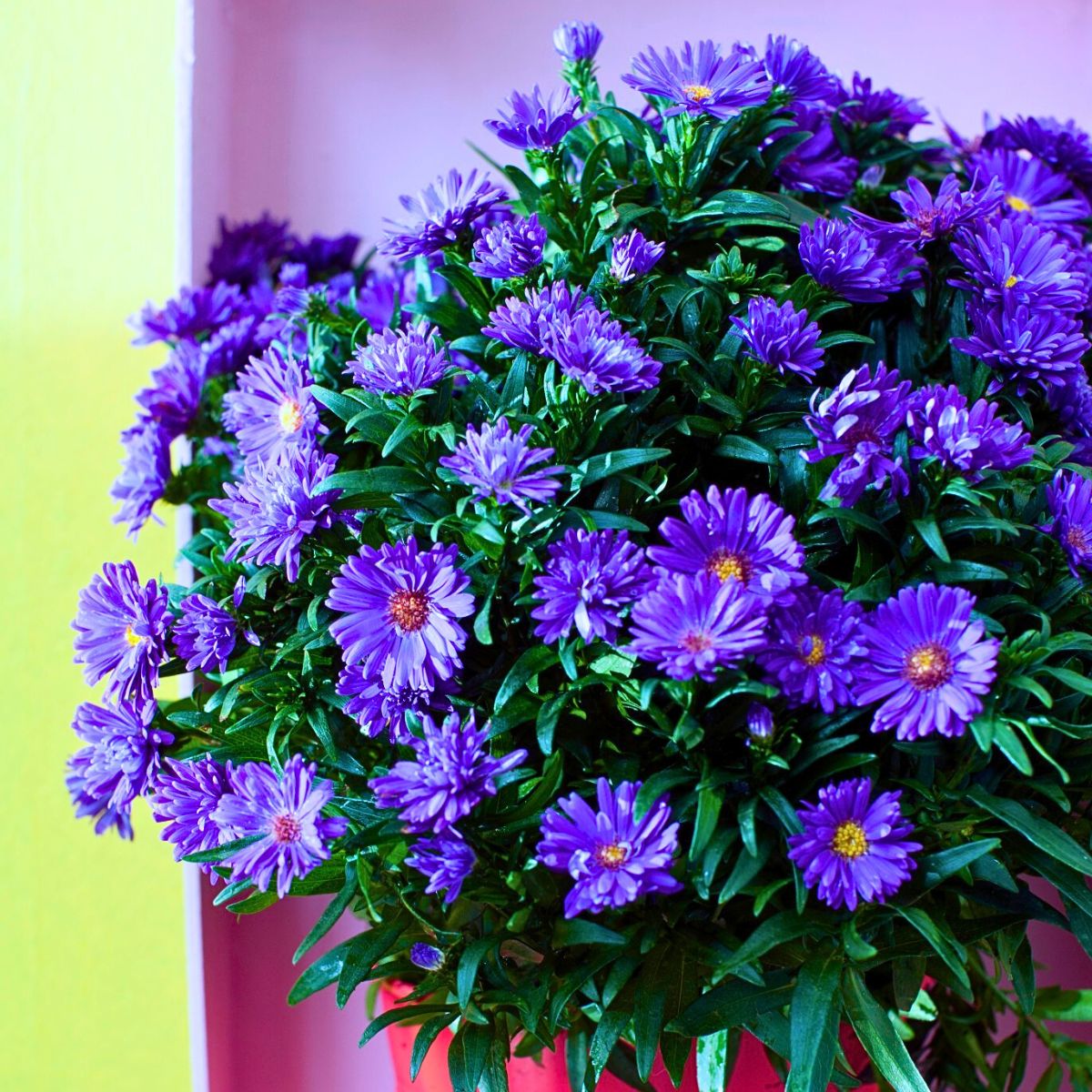
Whichever the case, legends aside, these flowers have continued to cultivate an enigmatic presence around themselves. They possess different meanings and symbolism across different cultures and communities all over the world.
Aster's Botanical Characteristics and Varieties
Asters are perennial and bloom in late summer or early fall when many other flowers have faded. Depending on the variety, they can grow from one to six feet tall. This makes them suitable for various garden spaces, rock gardens, and wildflower meadows. Pollinators like bees and butterflies love them for their neat, star-shaped blooms and the pollen they produce.
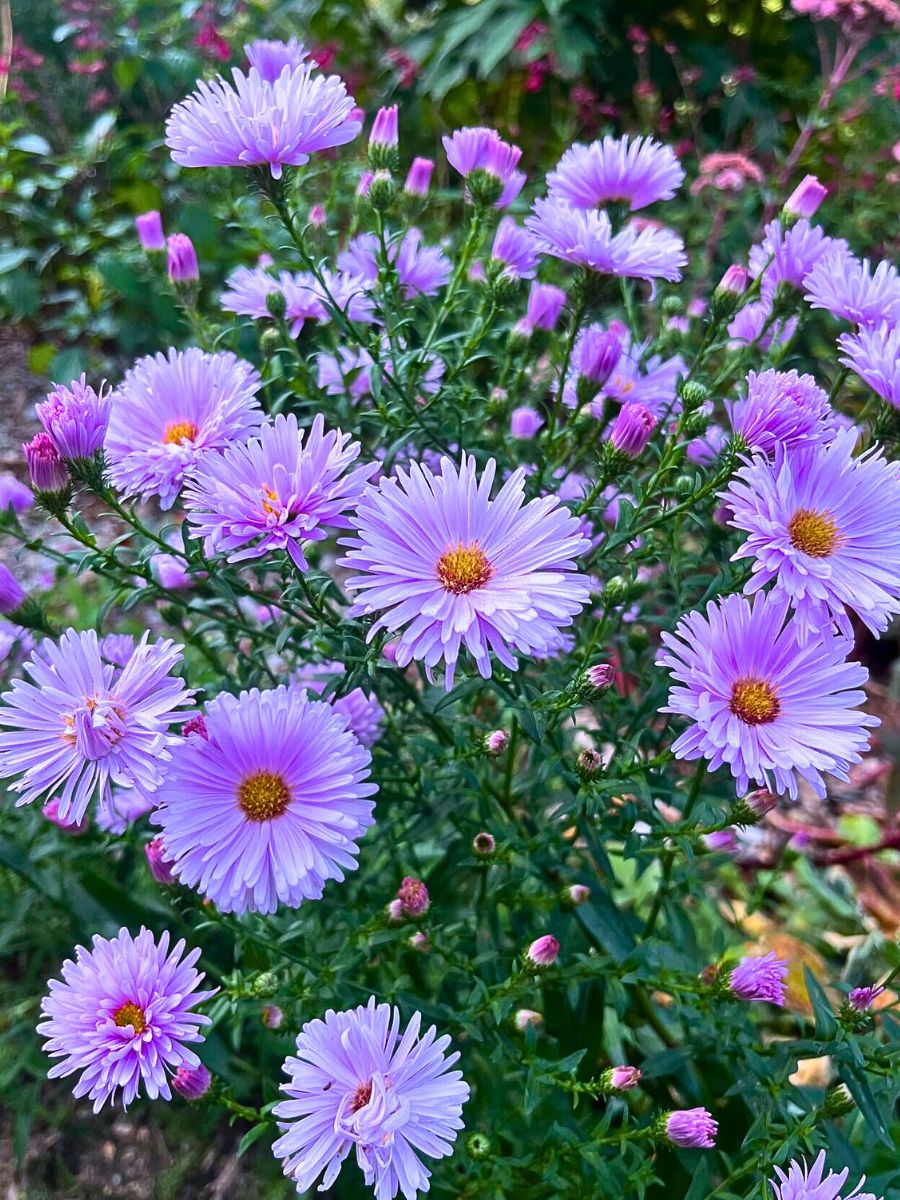
There are hundreds of Aster species and many more hybrids and cultivars, so the flower colors and varieties are nearly endless. Many of the varieties for home gardening are grouped into two main species. These are the New England aster and the New York aster.
New England Asters, also known as Symphyotrichum novae-angliae, are native to North America and are one of the most common varieties that bloom in fall. They grow up to four feet tall and display various colors, from magenta to deep purple. On the other hand, New York Asters have thousands of cultivars with purple, pink, and white flowers. Also called Symphyotrichum novi-belgii scientifically, this species is often used as an ornamental plant in gardens and landscapes for its showy flowers and easy care. They tend to be shorter than New England Asters, reaching about two feet in height, though some cultivars can reach six feet.
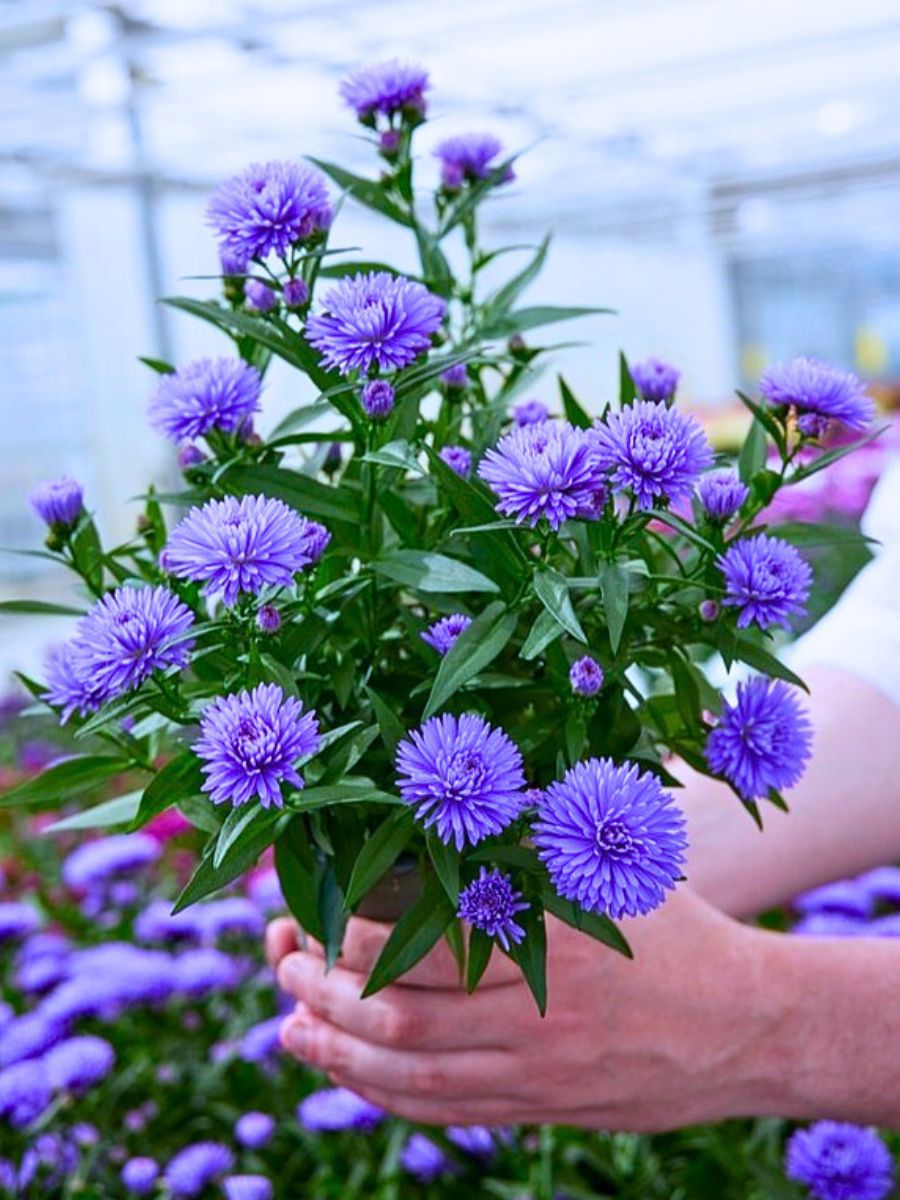
Photo by @royalvanzanten
Aster Flower Meaning and Symbolism in Different Cultures
Asters, as previously noted, have been around for thousands of years, dating back to ancient times. Quite interestingly, these flowers have also been called 'starworts', 'Easter daisies', and 'Michaelmas daisies', the latter referring to the Christian holiday celebrated on September 29th, marking the transition to autumn when these flowers bloom.
Aster's meaning differs depending on the context and culture considered. However, these flowers have generally been known to symbolize love, wisdom, faith, color, and afterthought; wishing for things to happen differently.
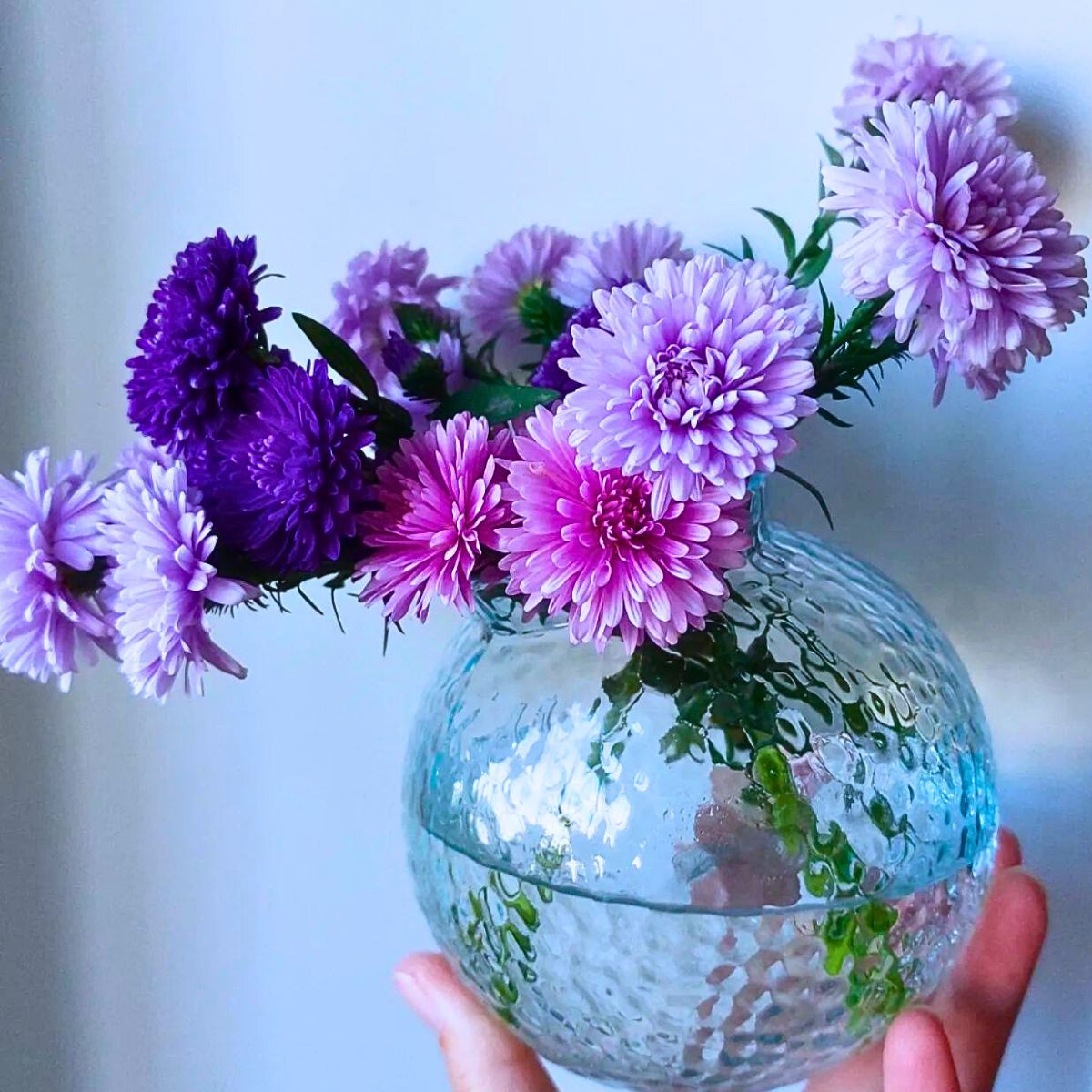
Because the etymological meaning of the word Aster, as mentioned previously, refers to the flower's star-like form, this bloom is known to, perfectly, capture the beauty of the night sky. Like the stars that twinkle in clusters, asters flower in groups, adding late-season color to a garden!
And just so you know, in the U.S., Aster, is also known as the September birth flower. You can read all about why this flower — alongside the morning glory — is considered the September birth month flower. Asters are, also, often associated with the 20th wedding anniversary!
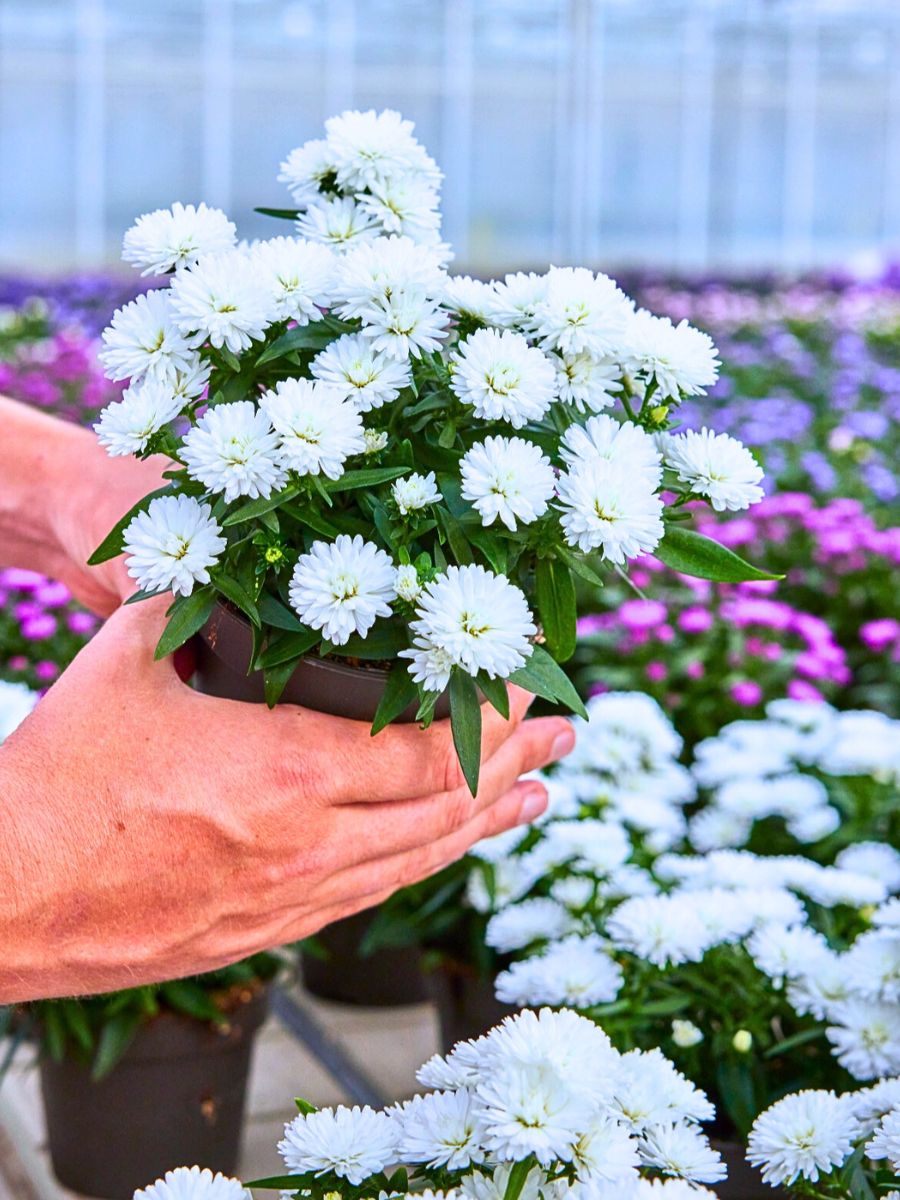
Photo by @royalvanzanten
Noteworthy is that the meaning of the Aster could change with its color too, in different cultures. Purple Asters, for instance, may represent royalty and wisdom, while white Asters such as Aster Showmakers® Arctic White, and Aster Alpha® White could symbolize purity. Red Asters on the other hand represent devotion, and pink Asters such as Aster Showmakers® Pretty Pink, Aster Flash, and Aster Alpha® Light Pink are associated with love. But away from the color associations, these flowers are, also, known to symbolize patience and elegance.
In ancient Greece, where the flower originates according to numerous folklore, they burned Aster leaves to ward off evil spirits and snakes. They were, also, placed on altar wreaths as they were believed to be sacred to the gods, and considered a symbol of love in that context.
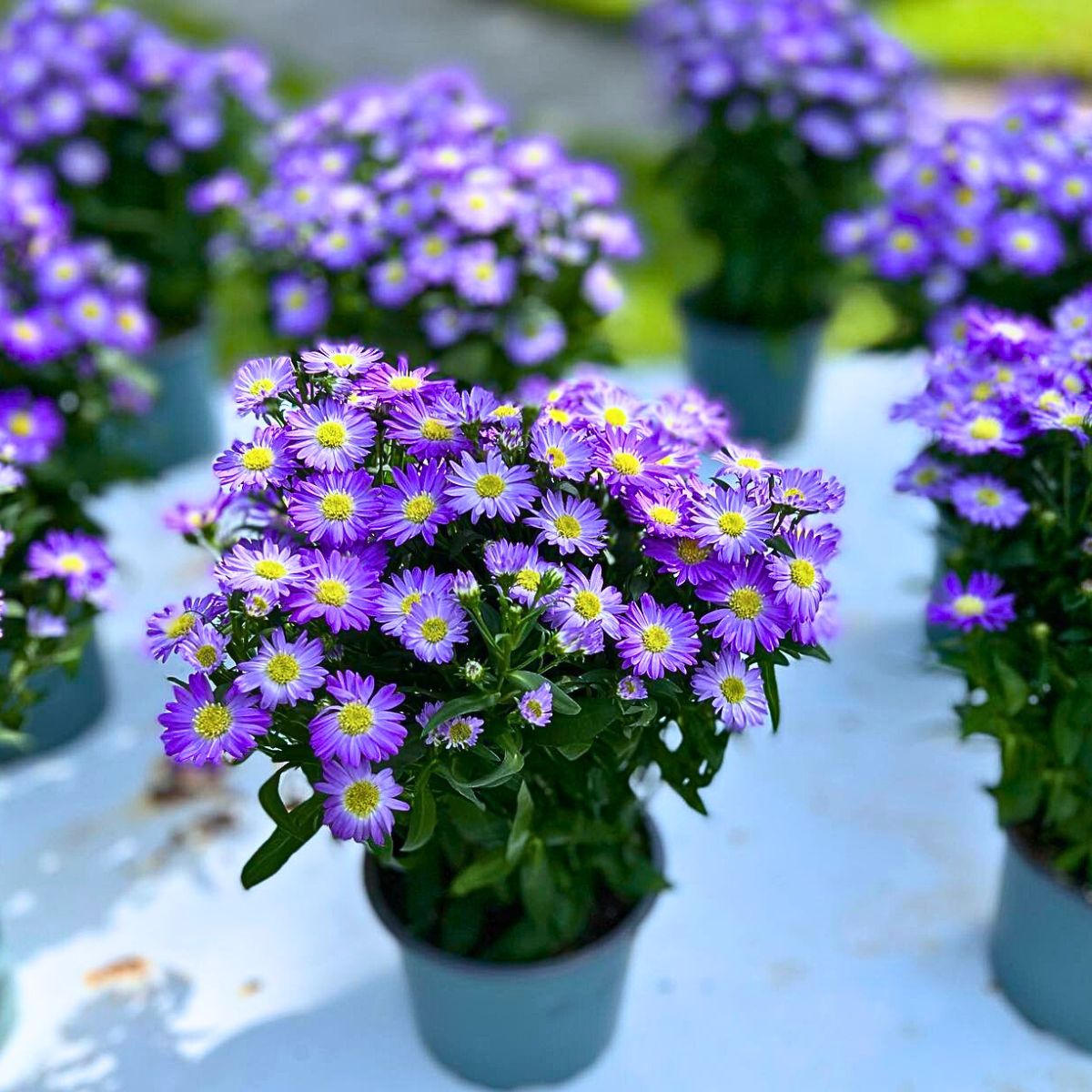
Aside from Greek mythology, the Aster flower, also, held legendary significance for Native American tribes. According to Cherokee legend, two young Indian girls turned into flowers — the one wearing a blue dress became the first Aster. The Native American tribes also burned the flowers and leaves for various medicinal and spiritual purposes.
In Victorian England which was fascinated with floriography — the coded language for communication through flowers — Aster's wide range of colors made it a perfect medium for this floral language. These flowers were also a popular choice for decorating homes during this era. The meaning of the flower in this period appears to align well with the modern-day implications of the flower’s colors. The Victorians, also, associated the flower with spirituality; using it in floral arrangements to represent their faith.
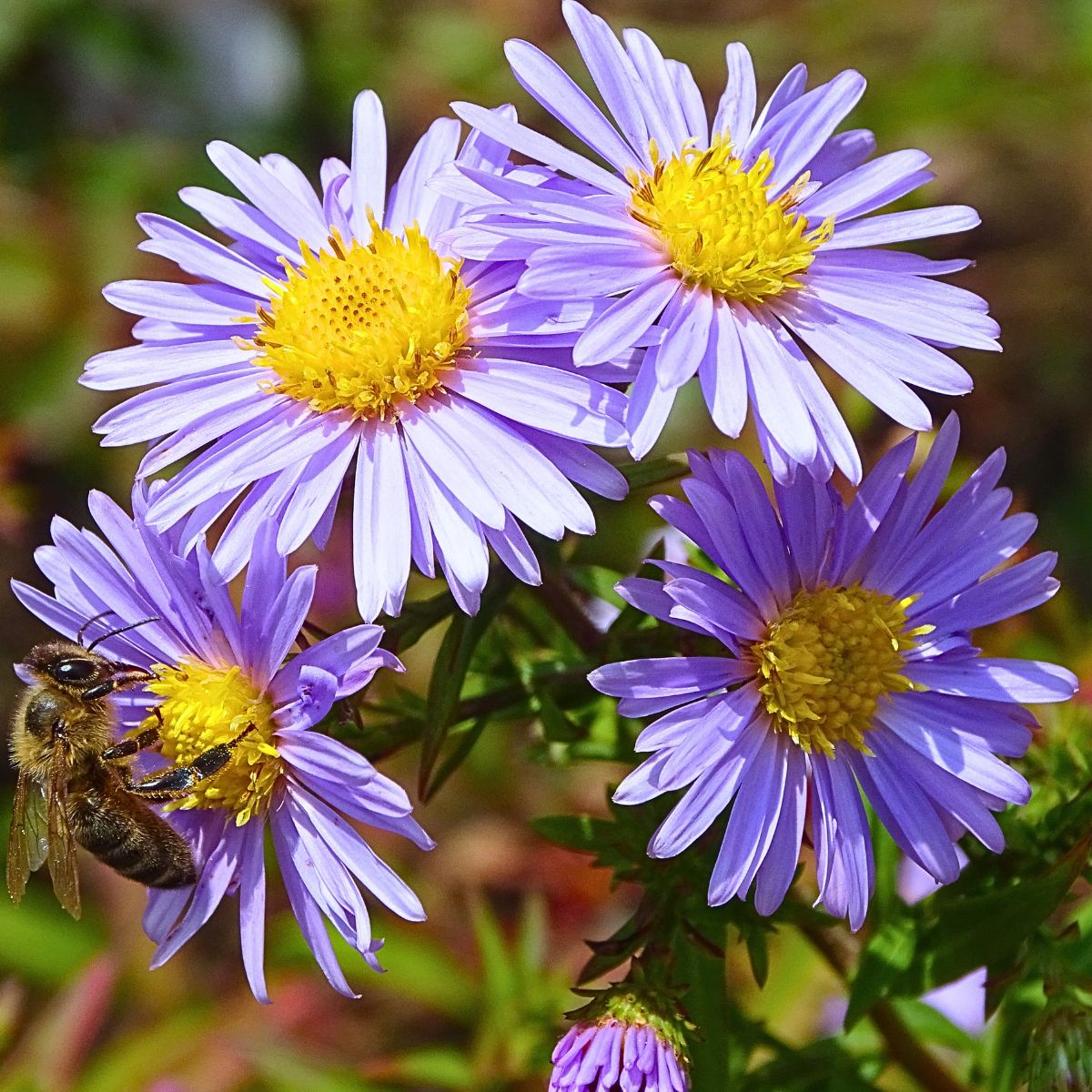
Across the seas, in China, they were used to attract good luck and protection. They also represented faithfulness and devotion.
Meaning of Aster Flower and Its Symbolism in More Modern Contexts
The Aster flower's symbolism and significance have persisted in modern times. In France, for instance, they are laid on the graves of fallen soldiers as a sign of respect. This, also, symbolizes the wish that things had turned out differently.
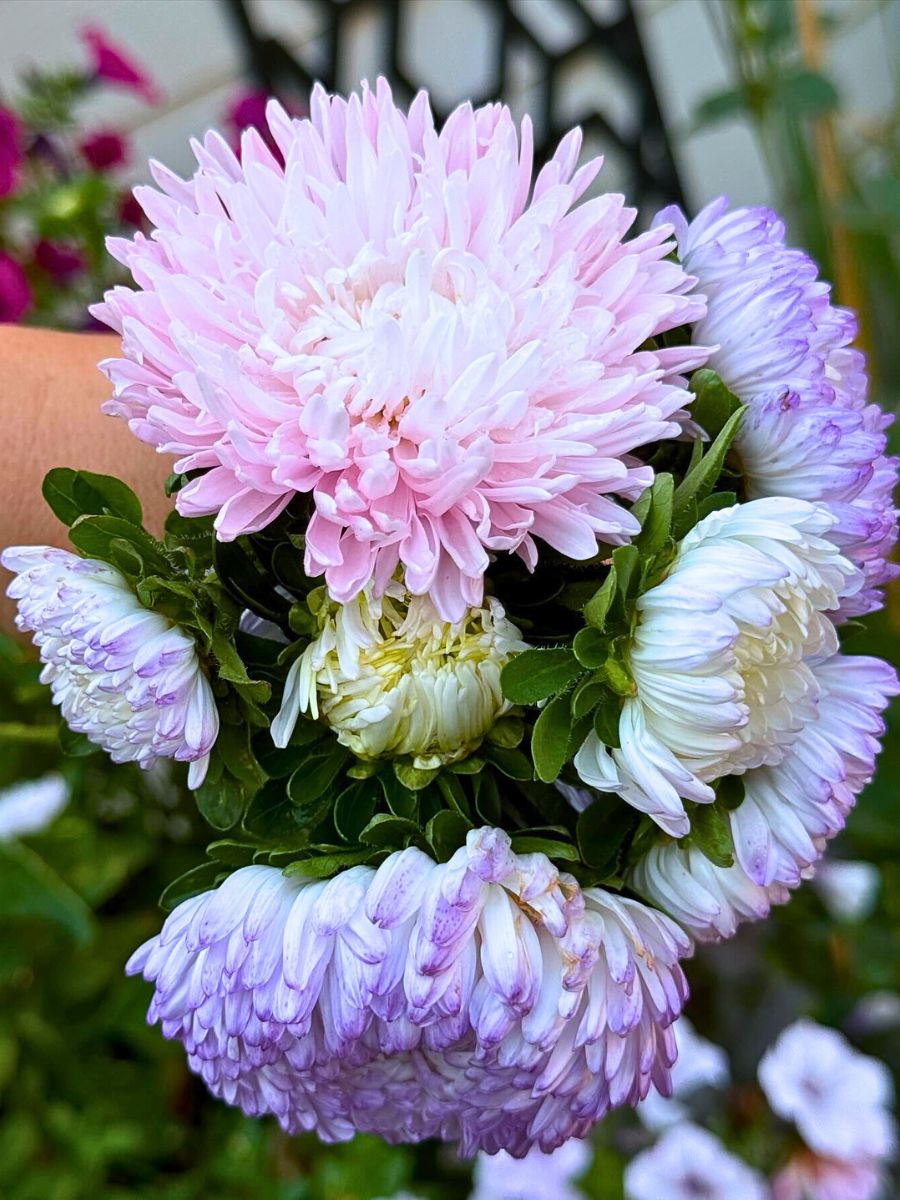
The Hungarian Revolution of 1918, also known as the Aster Revolution (sometimes called Chrysanthemum Revolution or Őszirózsás Forradalom in Hungarian) saw protestors wearing Asters during their protests to show their solidarity and support for the country's independence.
Aster is, also, associated with the feast day of St. Michael on September 29. This is the day when the Archangel Michael is celebrated within the Christian faith, hence the reason the flowers are sometimes called ‘Michaelmas daisies.’ It, also, aligns with the transition to autumn. Numerous varieties of Aster flowers are ideal for the transition from summer to autumn.
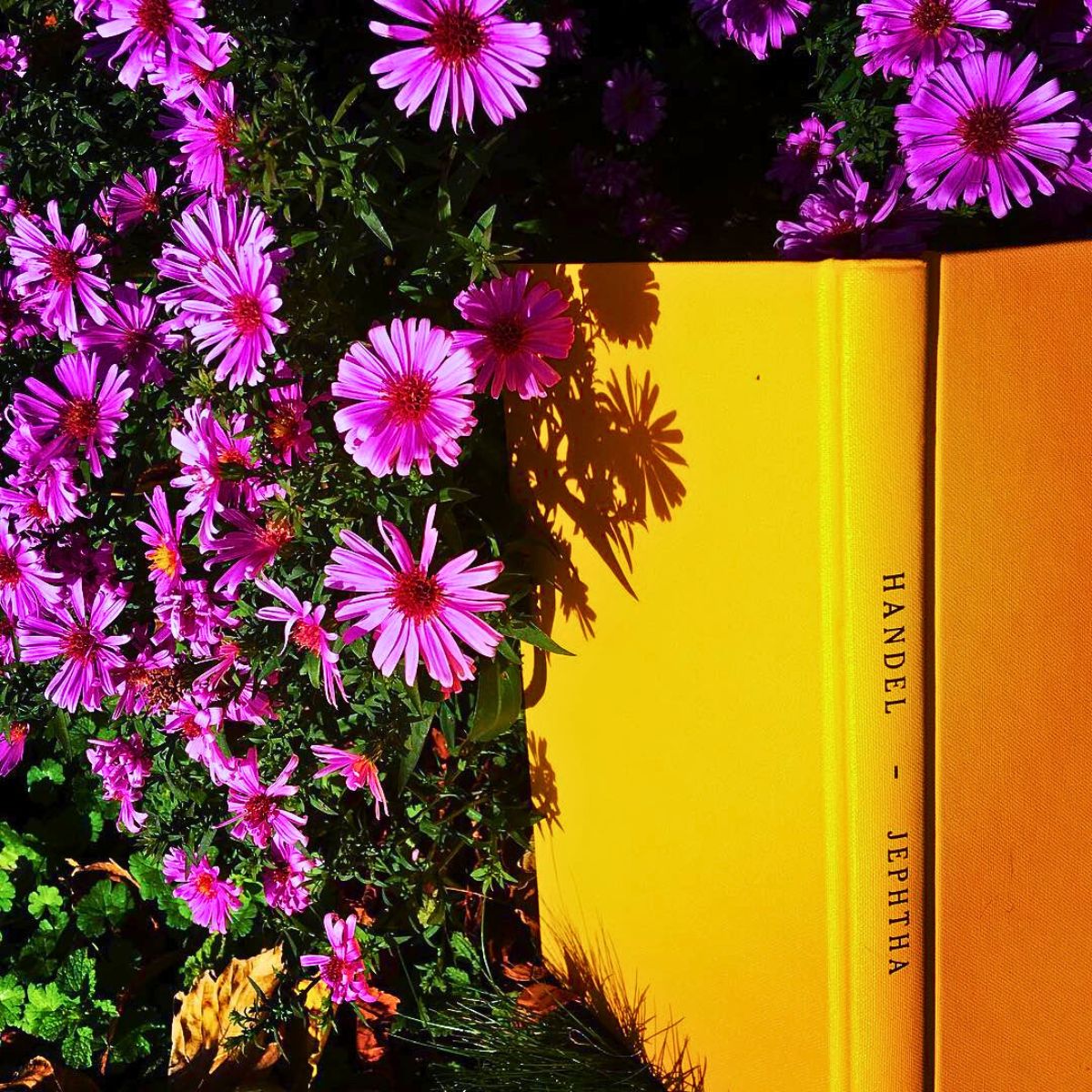
Photo by @witchertchorale
In those observances, the purple Aster flowers — which are nowadays represented by varieties such as Aster Showmakers® Indigo Ice, Aster Alpha® Purple, and Aster Alpha® Dark Purple, among others — usually represent royalty and wisdom, and the white Aster stands for purity, perfection, and innocence. If, then, you receive a bouquet of red Asters, know that they symbolize dedication, while pink Asters convey adoration.
Still, this flower's symbolism in England links it with the idea of an afterthought and the wish that things turned out differently. There are those who, even, believe that it possesses some form of magical power!
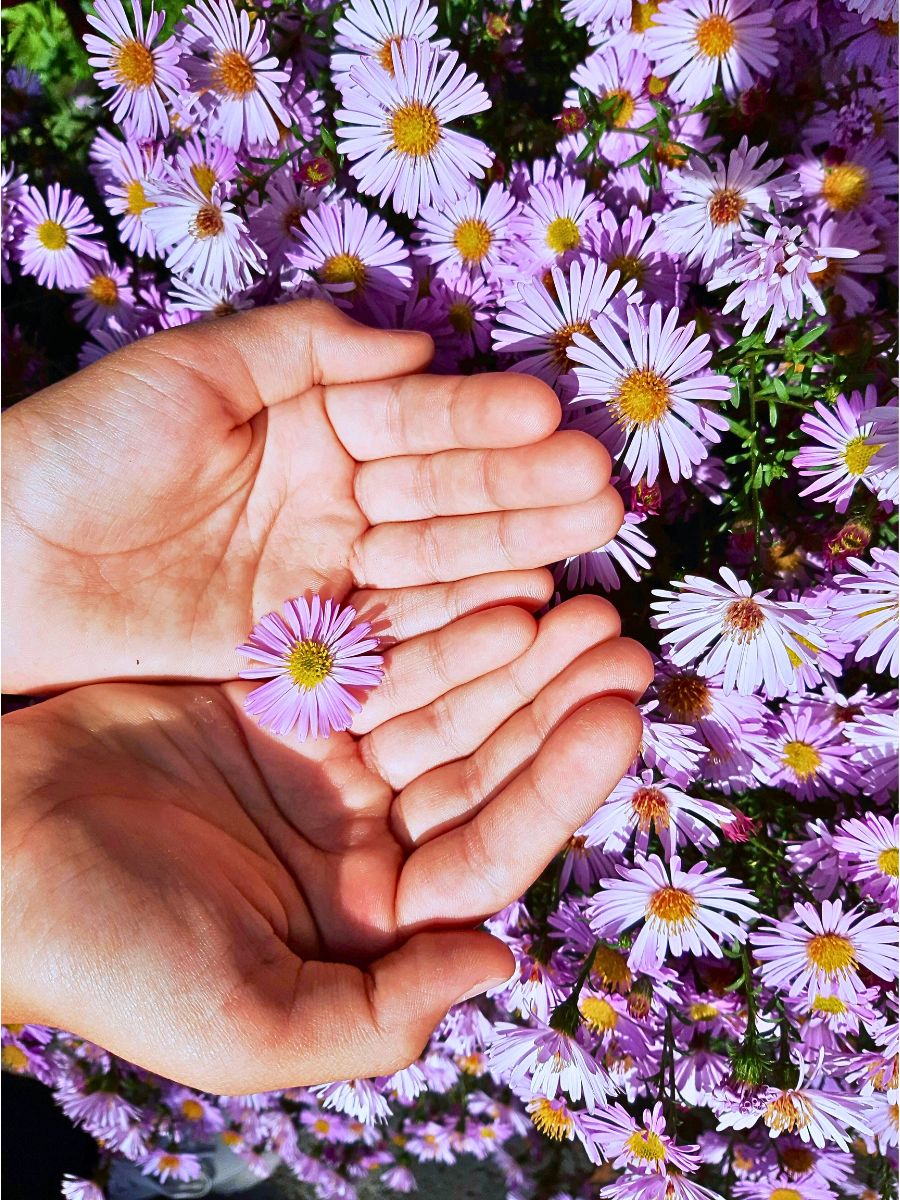
Aster Flower Tattoos
The Aster flower's symbolic meaning, again, makes it a popular design choice for tattoos. Aster flower tattoo meanings can vary and represent a miscellany of different connotations and emotions, depending on the color and the inking style chosen. Aster tattoos have become increasingly popular in modern times, and people often get these tattoos to commemorate loved ones or special events.
The deeply emotional symbolism and resonance of the flower, therefore, play a counterpart to its passionate and lively array of colors. These qualities make it an appealing motif design for those desiring a tattoo with a deeper significance.
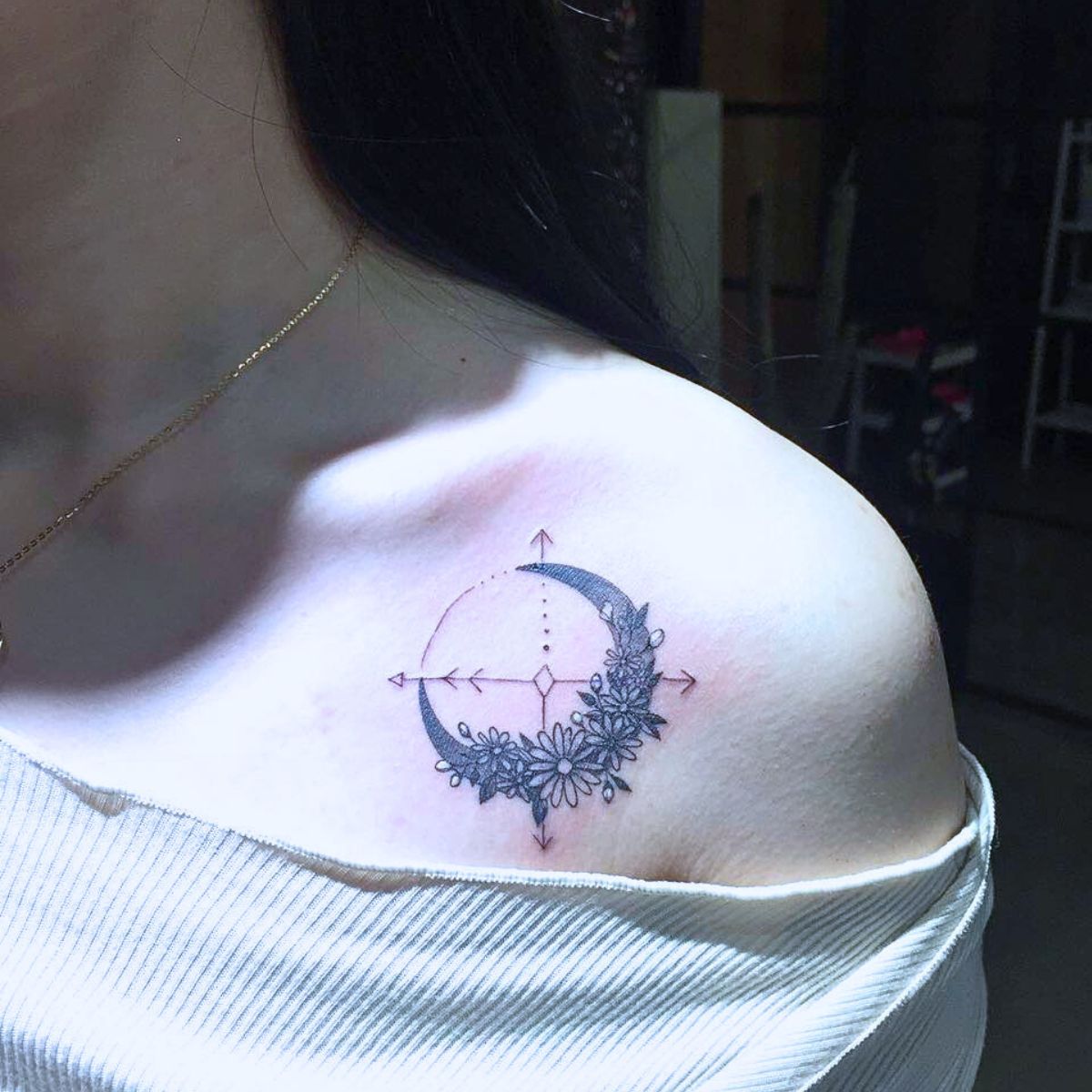
Photo by @gni_tattoo
More than that, the meaning of an Aster flower tattoo can vary from love and courage to strength and wisdom, and many others in between. Blue Asters are, for example, often inked to symbolize loyalty, while the delicate nature and beauty of the flower can signify subtlety in the tattoo design.
Asters in Floral Design and Gardens
Asters are a popular choice for floral designs and gardening due to their late blooming time, particularly, in the fall. Among the many reasons why people love these flowers is because of their versatility. They can brighten up both interior spaces and outdoor gardens.
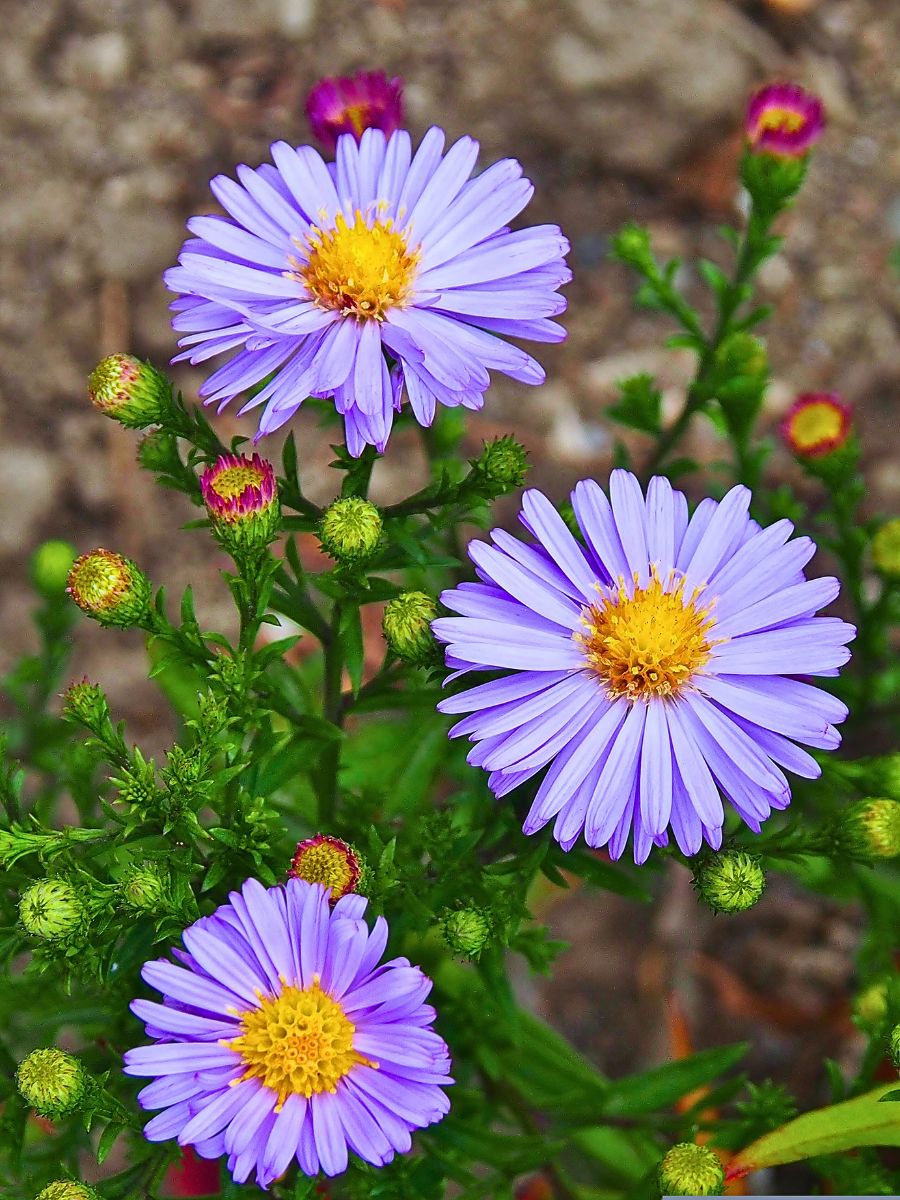
As indoor plants, Asters create a lively and welcoming atmosphere. They add a touch of natural beauty to any room. Their bright colors and benign appearance, also, make them a popular choice for floral arrangements and table centerpieces at special events.
These flowers, likewise, present long-lasting cheerful colors and possess a long vase life when used in vases. The distinct heights of the different Aster varieties make them an adaptable option for flower designs and floral arrangements in containers alike.
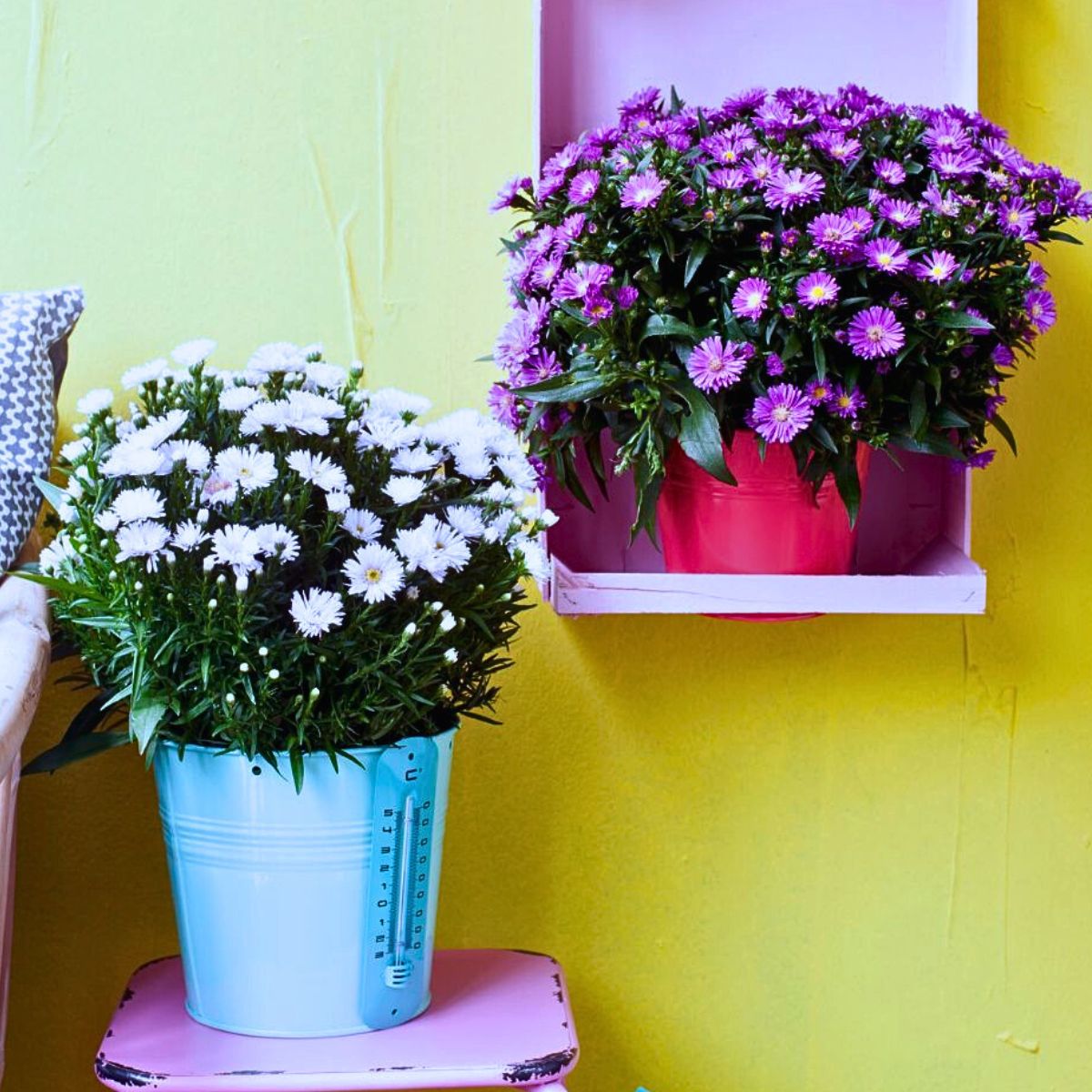
In tropical climates, Asters thrive as outdoor plants where they enhance gardens with their colorful flowers. They are, also, suitable flowers for borders, rock gardens, and wildflower gardens. In those gardens, the charming flowers attract a wide range of pollinators, thus bringing an entire ecosystem into your backyard. Many gardeners, also, appreciate them for their ability to withstand high temperatures and humidity levels, thus they are ideal for tropical landscapes. Asters are, as a result, a common feature in many gardens.
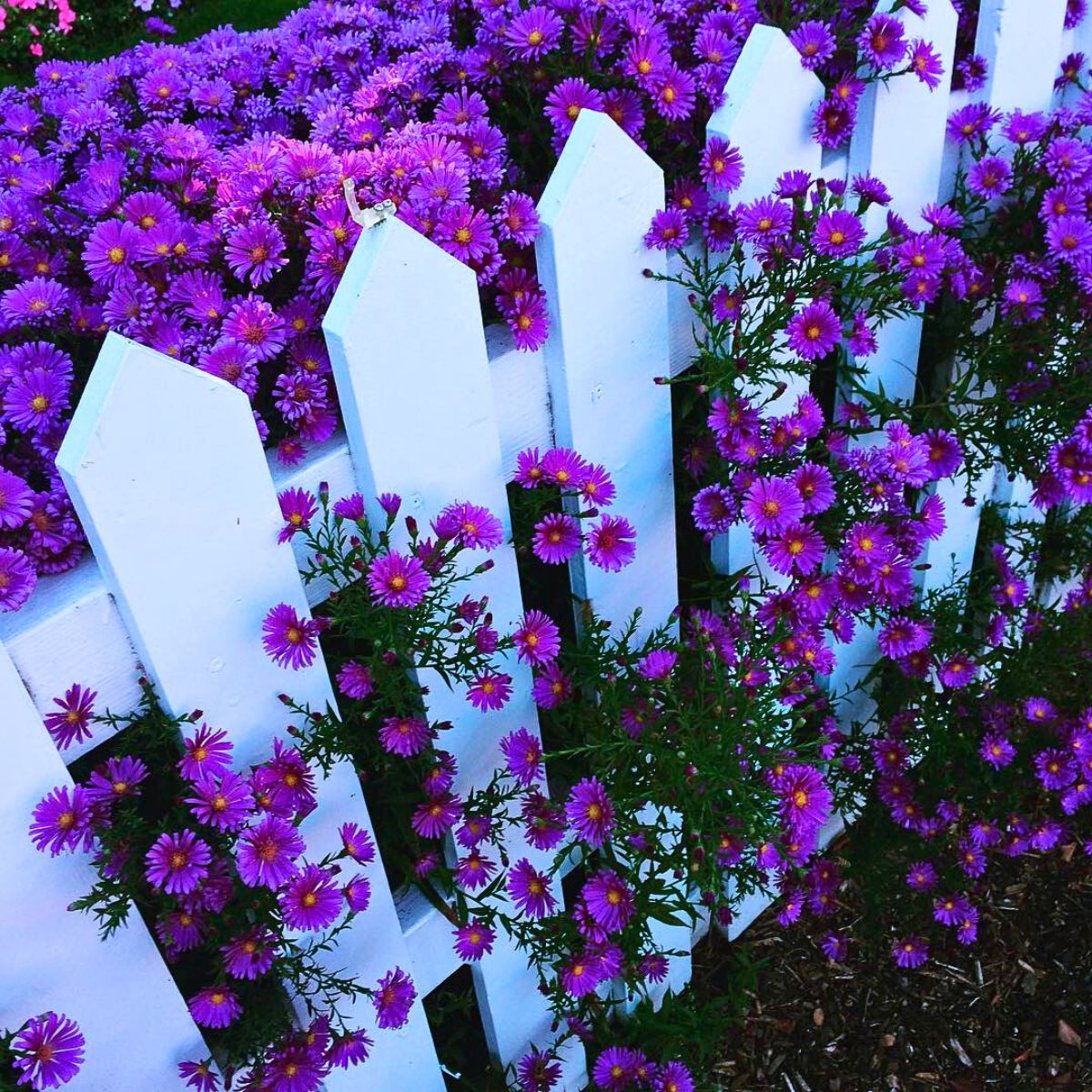
Photo by @mcgrath.michael
When it comes to their cultivation, as an easy-to-grow flower, Asters are best planted in mid to late spring. They can also do well in summer and autumn, and thrive well in cool, moist areas with full to partial sun exposure, and depending on the variety, they can grow anywhere from one to six feet tall!
Hence, with so many choices from which to pick a favorite variety, beautiful colors, and symbolic meanings, Asters make quite an addition to your floral arrangement or garden. Plus, they come as quite an expressive and meaningful gift to present to a loved one.
Feature image by @royalvanzanten, header image by jhenning.

